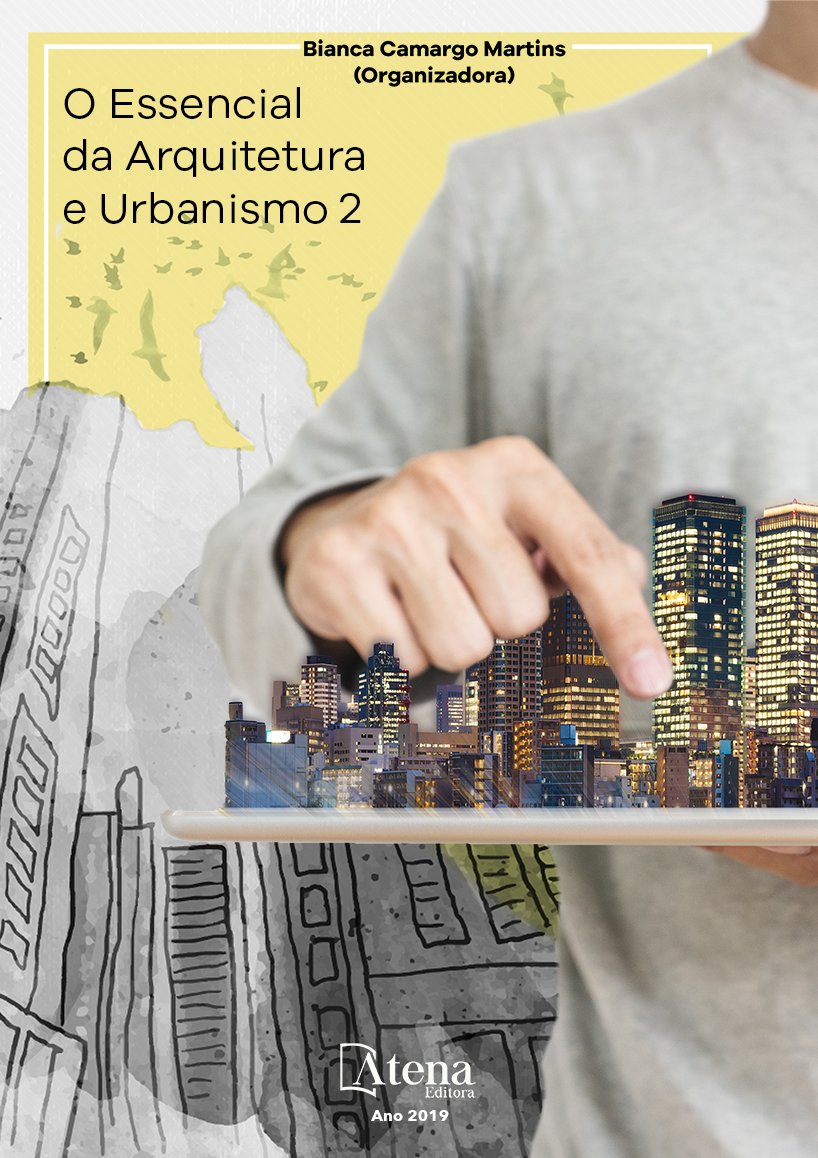
FESTA DE SANTA CRUZ EM OURO PRETO: A tradição cultural como elemento de identidade e apropriação do espaço urbano pela comunidade.
O artigo tem como objetivo
apresentar as relações da comunidade do Bairro
Antônio Dias, em Ouro Preto – MG, com a Festa
de Santa Cruz, tradição de raízes portuguesas
ativa desde 1735, visando ratificar a relação
entre indivíduo, comunidade, arquitetura e
cidade, apontando a manifestação cultural
estudada como importante bem imaterial com
suporte no espaço urbano. O estudo baseiase
em pesquisas históricas, sociais e urbanas,
apresentando uma breve contextualização
histórica da cidade de Ouro Preto e da Festa
de Santa Cruz. Seguida de uma descrição de
como é realizada atualmente e como ocorre a
relação com o lugar, bens móveis e integrados
e a identificação de seus agentes realizadores
e multiplicadores. A comemoração ocorre por
um período de três dias, com um conteúdo
que abrange o enfeite de cruzes de madeira, a
ornamentação do cruzeiro presente na Ponte do
Antônio Dias, procissões, missa em devoção e
festas. As comemorações diárias são compostas
por manifestações culturais do bairro, shows e
barracas. Trazendo o autoconhecimento para
a comunidade, como pertencente e parte viva
de seu patrimônio cultural, busca-se reafirmar
a tradição a partir de seu legado cultural,
incentivando e garantindo a continuidade da
passagem entre gerações. A Festa da Santa
Cruz vem perdendo força com passar de
seus 283 anos, acarretando na diminuição
gradativa de participantes ativos. Através da
aproximação do indivíduo e cidade, torna-se
possível incentivar e promover a educação
patrimonial de forma efetiva. Propõe-se formas
de melhor aproximar indivíduo, memória e sítio
histórico através de sua rica identidade única e
intransferível.
FESTA DE SANTA CRUZ EM OURO PRETO: A tradição cultural como elemento de identidade e apropriação do espaço urbano pela comunidade.
-
DOI: 10.22533/at.ed.66119170421
-
Palavras-chave: Festa da Santa Cruz; Ouro Preto; Patrimônio Imaterial; Preservação.
-
Keywords: Festival of Santa Cruz; Ouro Preto; Intangible assets; Preservation; Cultural heritage.
-
Abstract:
The paper has as objective to
show the relationship of the community of the
Antônio Dias neighborhood, in Ouro Preto –
MG, with the Festival of Santa Cruz, tradition
with Portuguese roots active since 1735, aiming
to ratify the relationship between individual,
community, architecture and the city, appointing
the studied cultural manifestation as an
important intangible asset with support in the
urban space. The study is based on historical,
social and urban research, presenting a brief
historical contextualisation of the city of Ouro Preto and the Festival of Santa Cruz.
Followed by a description of how it is carried out today and how the relationship with
the place, mobile and integrated goods occurs and the identification of its agents and
multipliers. The celebration takes place over the period of three days, with a content
that includes the decoration of wooden crosses, the ornamentation of the cross of the
Antônio Dias Bridge, processions, mass in devotion and parties. The daily celebrations
are composed of cultural manifestations of the neighborhood, concerts and tents.
Bringing the self-knowledge to the community, as a belonging and living part of its
cultural heritage, it seeks to reaffirm the tradition from its cultural legacy, encouraging
and ensuring the continuity of its passage through the generations. The Festival of
Santa Cruz has been losing strength with the passing of its 283 years, resulting in a
gradual decrease of active participants. Through the approximation of the individual
and the city, it becomes possible to incentivise and promote the patrimonial education
in an effective way. It proposes ways for a better approximation of individual, memory
and historical site through their unique non-transferable rich identity.
-
Número de páginas: 15
- Fabiana Mendes Tavares Jacques
- Letícia Campos Filgueiras


